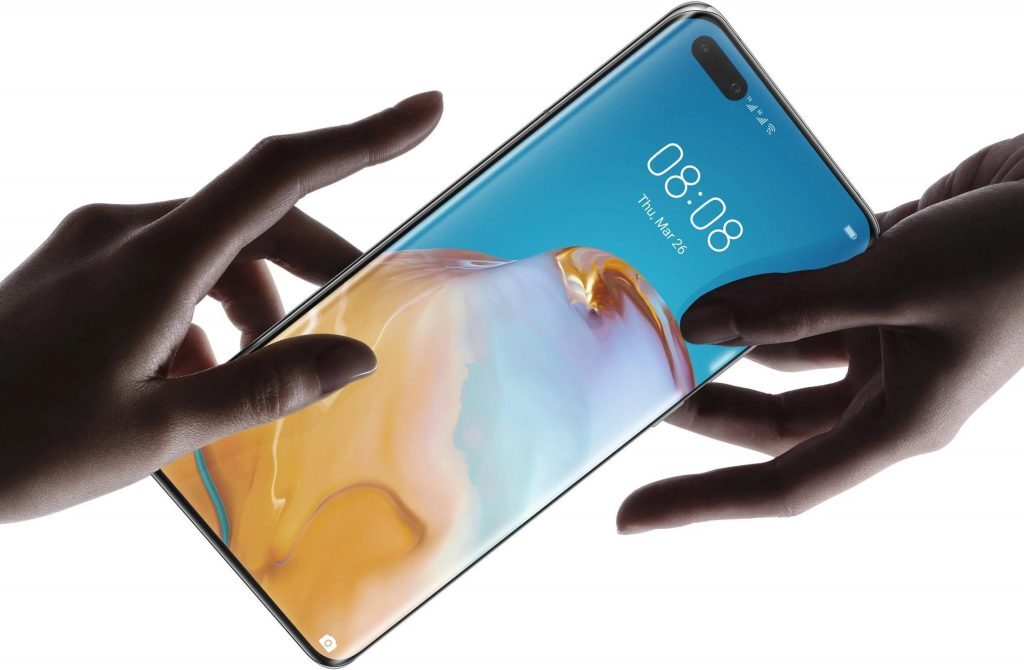Creeping up the smartphone success ladder, Huawei is now one of the most well-known smartphone manufacturers in the world. This has held true even after the US instituted a trade ban. A ban which did little to lessen Huawei’s moves to shake up an industry that is ever-changing.
This is mostly thanks to its brilliant P-series devices. Across the industry, the P-series is synonymous with boundary-breaking hardware and software. Huawei’s flagship phones have also earned accolades for camera prowess, battery life, and fast-charging ahead of its time.
It has been a long journey, and Huawei continues to innovate, which is clear from its P40 lineup. To get here, however, the flagship P-series evolved substantially from its early days. As we just got the newly announced P40 range in South Africa, now is as good a time as ever to reminisce about the popular Huawei P-series.
Since the first P-device launched eight years ago, Huawei’s flagships have undergone a continuous evolution. Let’s take a look at a brief history.
In the beginning for Huawei
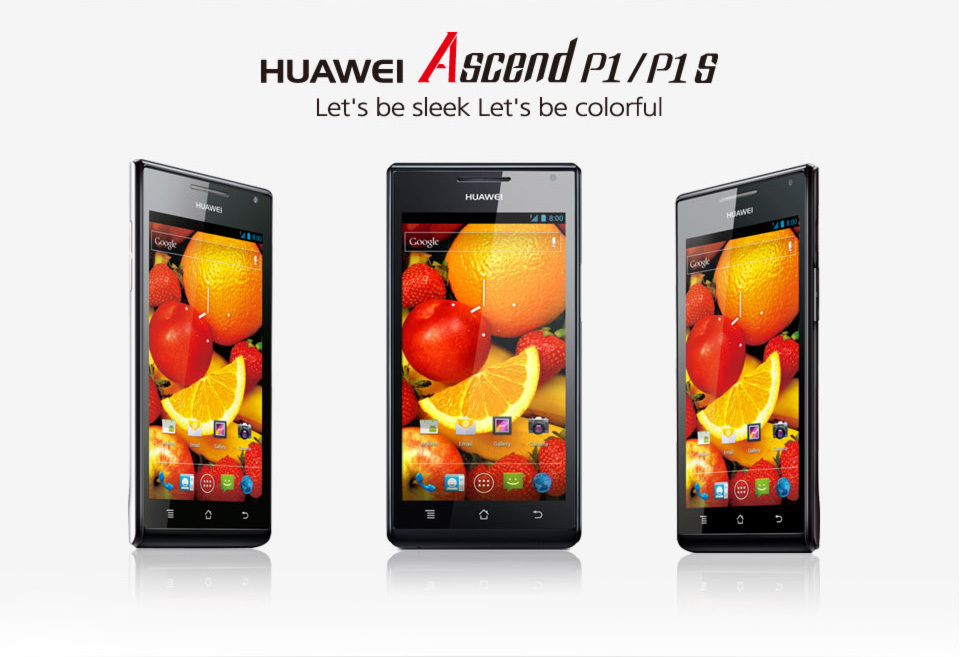 First introduced in 2012 at the Consumer Electronics Show (CES), the OG Huawei Ascend P1 S was unveiled. It turned out to be the world’s slimmest smartphone at that point, measuring just 6.68 mm thick, with a 4.3-inch super AMOLED 960 x 540 touchscreen.
First introduced in 2012 at the Consumer Electronics Show (CES), the OG Huawei Ascend P1 S was unveiled. It turned out to be the world’s slimmest smartphone at that point, measuring just 6.68 mm thick, with a 4.3-inch super AMOLED 960 x 540 touchscreen.
This device showed the world what a modern smartphone could be – much more than just a calling/SMSing/browsing commodity. Users were impressed with the best-in-class fast multi-tasking, video and gaming experience.
Just a year later, Huawei blew us away again with the introduction of the Ascend P2. It quickly became the world’s fastest smartphone, with a powerful 1.5 GHz quad-core processor and LTE Cat 4, all developed to increase mobile network speeds. Yeah, this device could achieve ultrafast web browsing with download speeds of up to 150 Mbps.
The real crown jewel
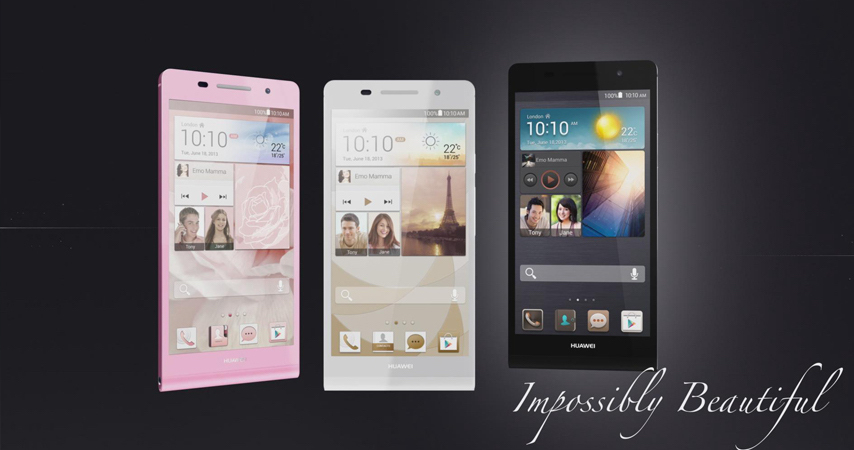 Later that same year, Huawei released the Ascend P6, aiming to blend powerful performance (it was fitted with a 1.5 GHz quad-core K3V2E processor) with a sleek metallic look. Additionally, the device featured a 4.7-inch high definition in-cell display and an industry-leading 5 MP front-facing camera. This is where Huawei realised its greatest strength in the smartphone arena — the camera.
Later that same year, Huawei released the Ascend P6, aiming to blend powerful performance (it was fitted with a 1.5 GHz quad-core K3V2E processor) with a sleek metallic look. Additionally, the device featured a 4.7-inch high definition in-cell display and an industry-leading 5 MP front-facing camera. This is where Huawei realised its greatest strength in the smartphone arena — the camera.
Since then, Huawei’s focus on innovating advanced camera technology would become a signature feature of the P-series. Huawei devices often surpassed their competition in this field, by constantly pushing the boundaries of what is possible.
In 2016, Huawei made a landmark decision to partner with German camera manufacturer Leica for the release of the highly anticipated Huawei P9 and P9 Plus. The P9’s co-engineered dual-lens took smartphone photography to the next level by allowing users to capture both vivid colours and striking black and white images.
Everyone’s a pro now
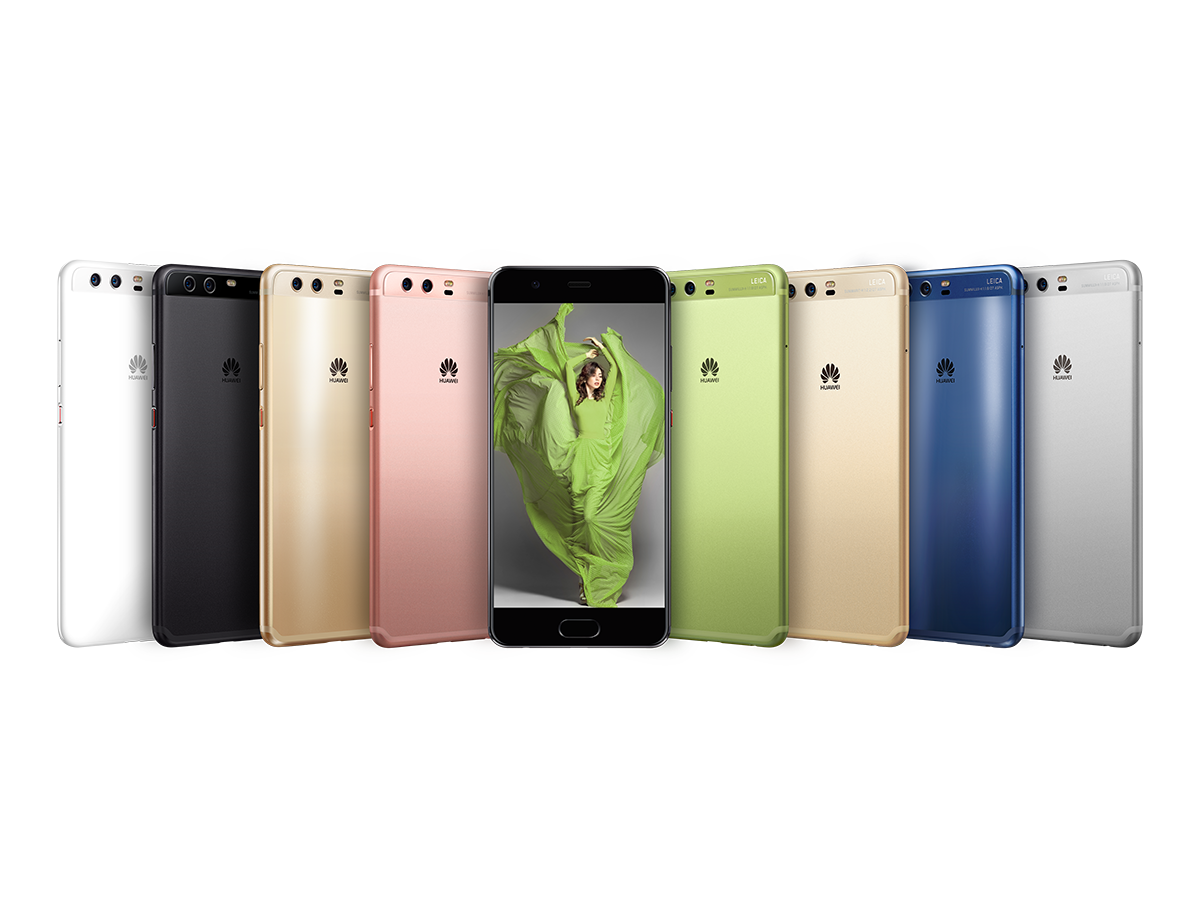 The natural follow-up was the Huawei P10 and P10 Plus that came a year after. These smartphones were introduced with advanced software and powerful new Leica front and rear cameras. They were the first to feature cutting-edge portrait features that can make any snap look professional.
The natural follow-up was the Huawei P10 and P10 Plus that came a year after. These smartphones were introduced with advanced software and powerful new Leica front and rear cameras. They were the first to feature cutting-edge portrait features that can make any snap look professional.
In 2018, Huawei’s dual-lens camera evolved into the world’s first Leica triple camera in the Huawei P20 and Huawei P20 Pro. This, coupled with an advanced AI feature, set new expectations for smartphone photography and allowed users to effortlessly capture professional-grade pictures.
Huawei showed this same commitment to pro-level photography in smartphones with the reveal of the P30 range of smartphones. By this point, the P-series had established itself as a flagship range that brought massive gains to the smartphone industry. Many other brands followed suit in improving smartphone cameras, but the P-series was the trailblazer. The P30 range built on this tradition of cutting-edge design and photographic capabilities with its most advanced smartphone cameras yet.
Consumers had the innovative Huawei SuperSpectrum Sensor, an optical SuperZoom Lens, a new Time of Flight (ToF) Camera, and enhanced optical and AI image stabilisation technology in their smartphones. This allowed people to capture incredibly detailed and vibrant images under almost any circumstance.
A step ahead
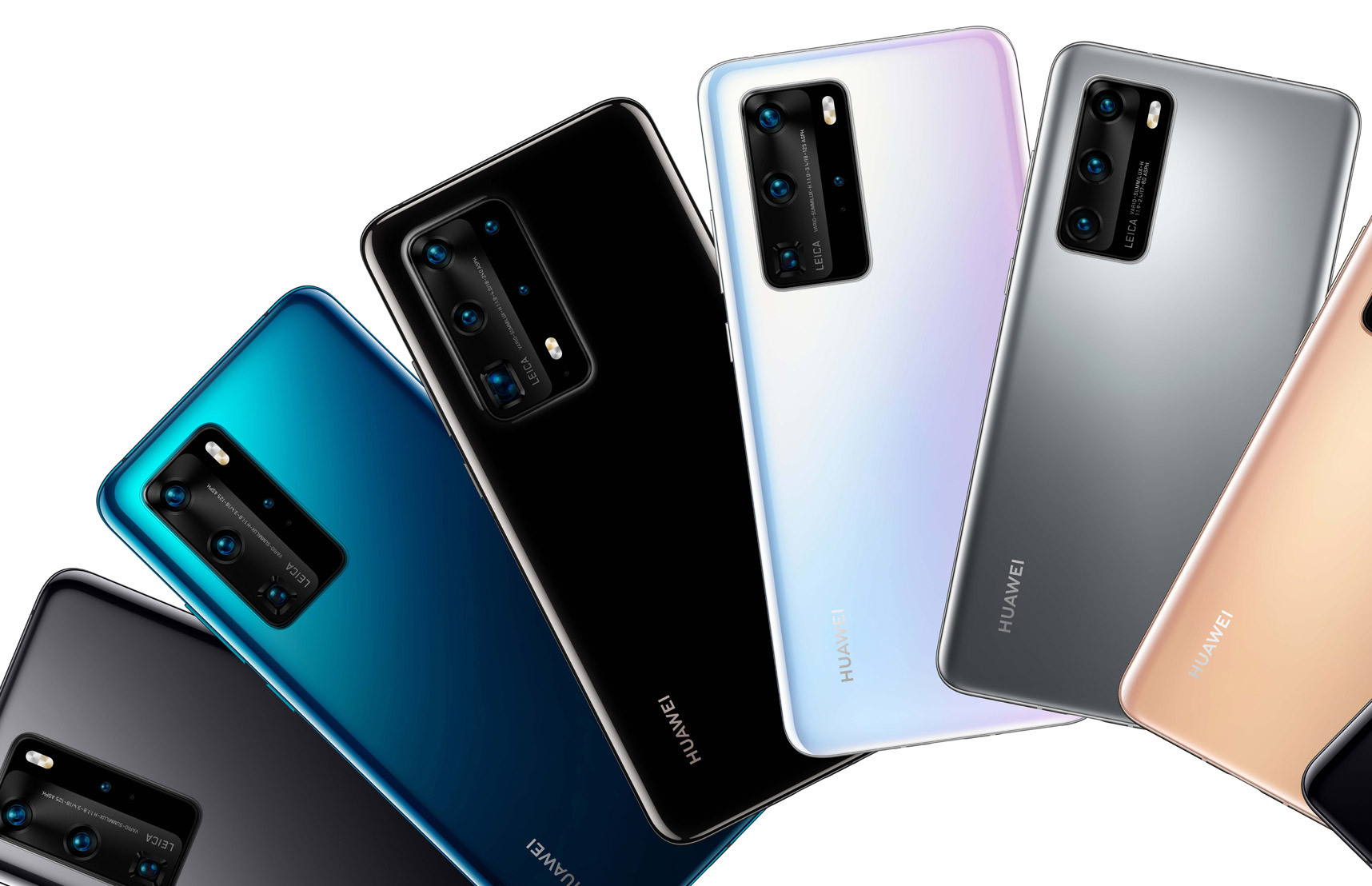 The evolution of the P series is underpinned by a philosophy of constantly redefining industry standards. It’s clear now that it has never been truer that you get with this year’s P40 range of devices.
The evolution of the P series is underpinned by a philosophy of constantly redefining industry standards. It’s clear now that it has never been truer that you get with this year’s P40 range of devices.
Not only do these handsets revolutionise smartphone photography, but video capture tech has also taken a huge leap in power. The large 1/1.28in sensor in the P40 has a binned pixel size of 2.44 μm, allowing the camera to massively boost light intake for enhanced low-light performance. Translation? Images taken at night are crystal clear.
The new periscope design brings impressive 10x true optical zoom to the P40 Pro, while its Kirin 990 5G chipset supports high-speed 5G and Wi-Fi 6 Plus. The advanced hardware is embedded in a beautiful and compact enclosure featuring a Quad-curve Overflow Display that delivers outstanding fluidity and responsiveness.
The Huawei P-series has launched world firsts and new technologies. From the raw speed and power of Ascend P2 to the P40 series and its pioneering camera lens technology, the P-series has undergone continuous evolution.
By constantly striving to do more and be better than competitors, Huawei’s P-series has set the standard of what is possible in smartphone innovation.

